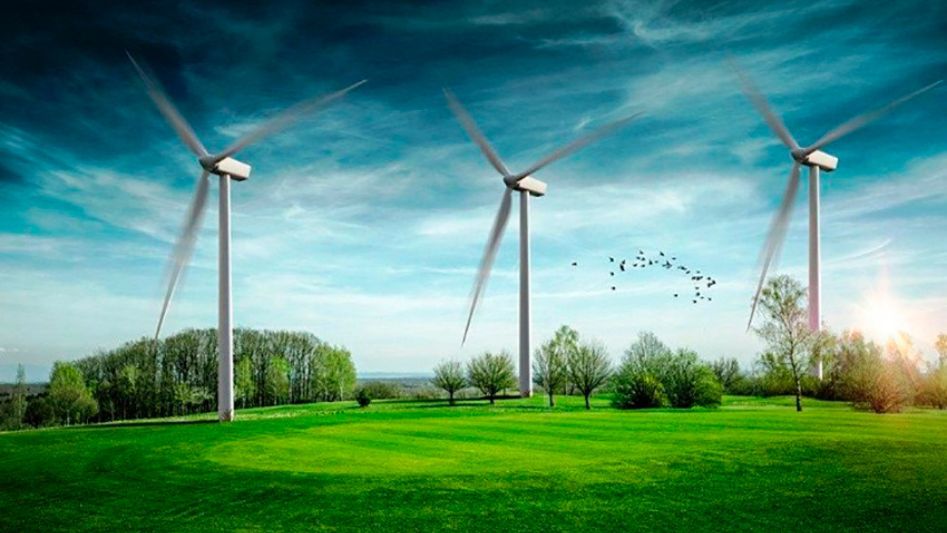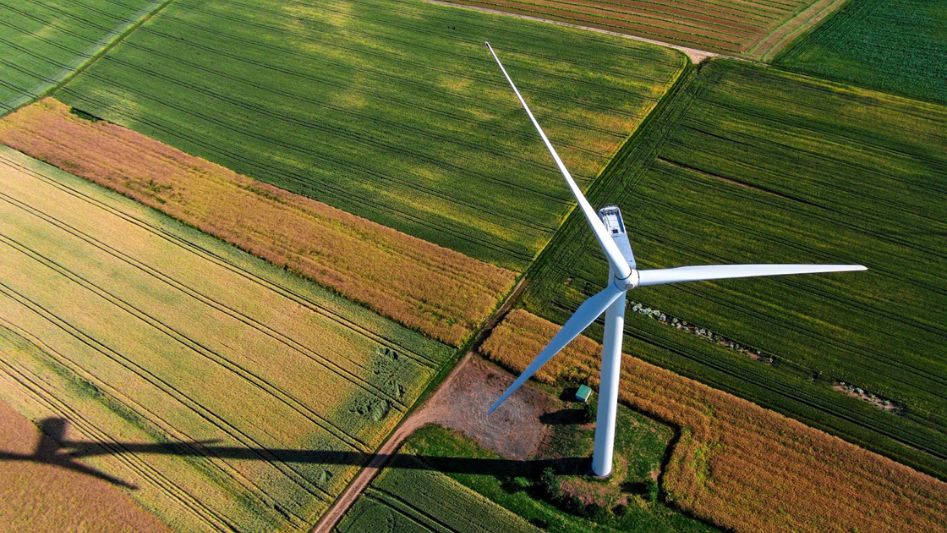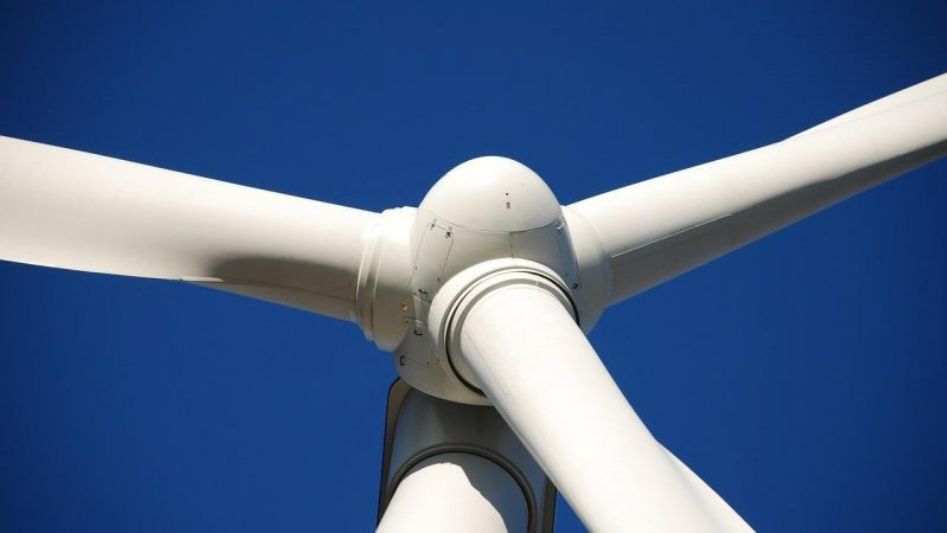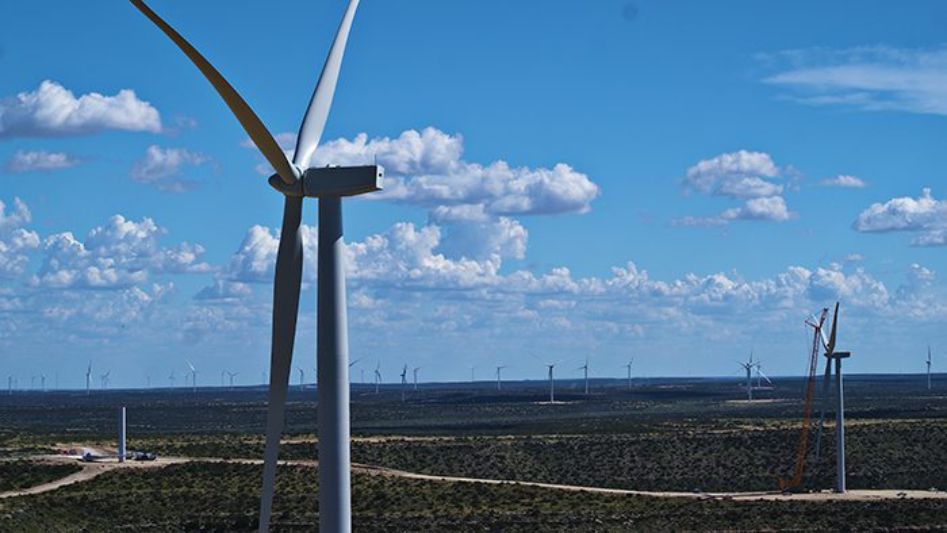The energy landscape is undergoing a significant transformation, and at the heart of this revolution is wind power. The Winds of Change are blowing across the world, bringing with them a sustainable and renewable source of energy that is reshaping how we generate electricity. In this article, we will explore the various aspects of wind power and its impact on the energy sector. From understanding the technology behind wind turbines to the environmental benefits and challenges, we will delve into the winds of change and how they are shaping our future.
Table Of Content
We invite you to read: “Massive Wind Power Project Sealed by Egypt and UAE in $10 Billion Pact”

The Basics of Wind Power
Wind power harnesses the kinetic energy of the wind and converts it into electricity through wind turbines. These turbines consist of large blades mounted on a tower, which capture the wind’s energy and rotate a generator to produce electricity. It is a clean and renewable source of energy that does not emit greenhouse gases or rely on depleting fossil fuels.
How do Wind Turbines Work?
Wind turbines work on a simple principle. When the wind blows, it causes the turbine blades to rotate. The rotational motion is then transferred to a generator, where it is converted into electricity. The amount of electricity generated depends on the wind speed, the size of the turbine, and the efficiency of the technology.
The Environmental Benefits of Wind Power
One of the significant advantages of wind power is its positive impact on the environment. Unlike traditional power plants that burn fossil fuels, wind turbines produce clean and green electricity. By harnessing the power of the wind, we can significantly reduce our dependence on non-renewable energy sources and mitigate climate change.
The Challenges of Wind Power
While wind power offers numerous benefits, it also faces some challenges. One of the primary challenges is intermittency. Wind is not a constant energy source, and its availability fluctuates throughout the day and across different seasons. This variability requires effective integration with the grid and the use of energy storage systems to ensure a stable and reliable electricity supply.
We invite you to read: “Harnessing the Wind: Germany’s Return to Wind Power Supremacy”

Wind Power is Transforming the Energy Landscape
The increasing adoption of wind power is transforming the energy landscape in several ways. Let’s explore the key ways in which wind power is making a difference:
1. Meeting Renewable Energy Targets
Governments and organizations worldwide have set ambitious renewable energy targets to reduce greenhouse gas emissions. Wind power plays a crucial role in meeting these targets by providing a clean and sustainable source of electricity.
2. Job Creation and Economic Growth
The wind power industry has emerged as a significant source of job creation and economic growth. From manufacturing and construction to maintenance and operations, wind farms require a skilled workforce, stimulating local economies and creating employment opportunities.
3. Diversification of Energy Sources
By diversifying our energy sources, wind power reduces our reliance on fossil fuels and enhances energy security. This diversification helps mitigate the risks associated with volatile fuel prices and geopolitical tensions.
4. Reduced Carbon Emissions
One of the most significant advantages of wind power is its ability to reduce carbon emissions. By displacing conventional power plants that rely on fossil fuels, wind power helps to mitigate climate change and improve air quality.
5. Technological Advancements
The rapid growth of wind power has spurred technological advancements in turbine design, efficiency, and energy storage systems. These innovations are driving down costs, increasing energy production, and making wind power more competitive with traditional sources of electricity.
6. Community Benefits and Land Use
Wind power projects often bring direct benefits to local communities. Revenue from wind farms can be invested in infrastructure development, education, and healthcare, improving the overall quality of life. Additionally, wind farms can be co-located with other land uses, such as agriculture, allowing for multiple benefits from the same land area.
We invite you to read: “Rising Bond Interest Rates Cause Losses for Wind Power Companies”

Conclusion
The Winds of Change are sweeping across the energy landscape, and wind power is at the forefront of this transformation. With its numerous benefits, including reduced carbon emissions, job creation, and technological advancements, wind power is shaping our future towards a more sustainable and renewable energy system. As we continue to harness the power of the wind, we move closer to a cleaner and greener world.
FAQs
What is the average lifespan of a wind turbine?
Wind turbines have an average lifespan of around 20 to 25 years. However, with proper maintenance and upgrades, their operational life can be extended beyond this period.
Can wind power be used in urban areas?
While large-scale wind farms are typically located in rural areas with ample wind resources, smaller wind turbines can be installed in urban and suburban settings to generate electricity for local use.
Are wind turbines noisy?
Modern wind turbines are designed to be quieter than earlier models. However, noise levels can vary depending on the turbine’s size, location, and distance from residential areas.
What happens when the wind doesn’t blow?
Wind power’s intermittency is managed through a combination of grid integration and energy storage systems. When the wind doesn’t blow, other energy sources, such as natural gas or solar power, can compensate for the temporary drop in wind energy production.
You May Also Like
- Giant Turbines vs. Radical Designs: The Battle for the Future of Wind Power
- Renewable Energy 2.0: A Comparison of Hydro and Wind Power Technologies
- Wind Power and Forest Restoration: A Match Made for Sustainable Energy
- Wind Power at its Best: The Future of Energy Generation with Kite Turbines
- Permanent Magnet DC Generator as a Wind Power Generator

